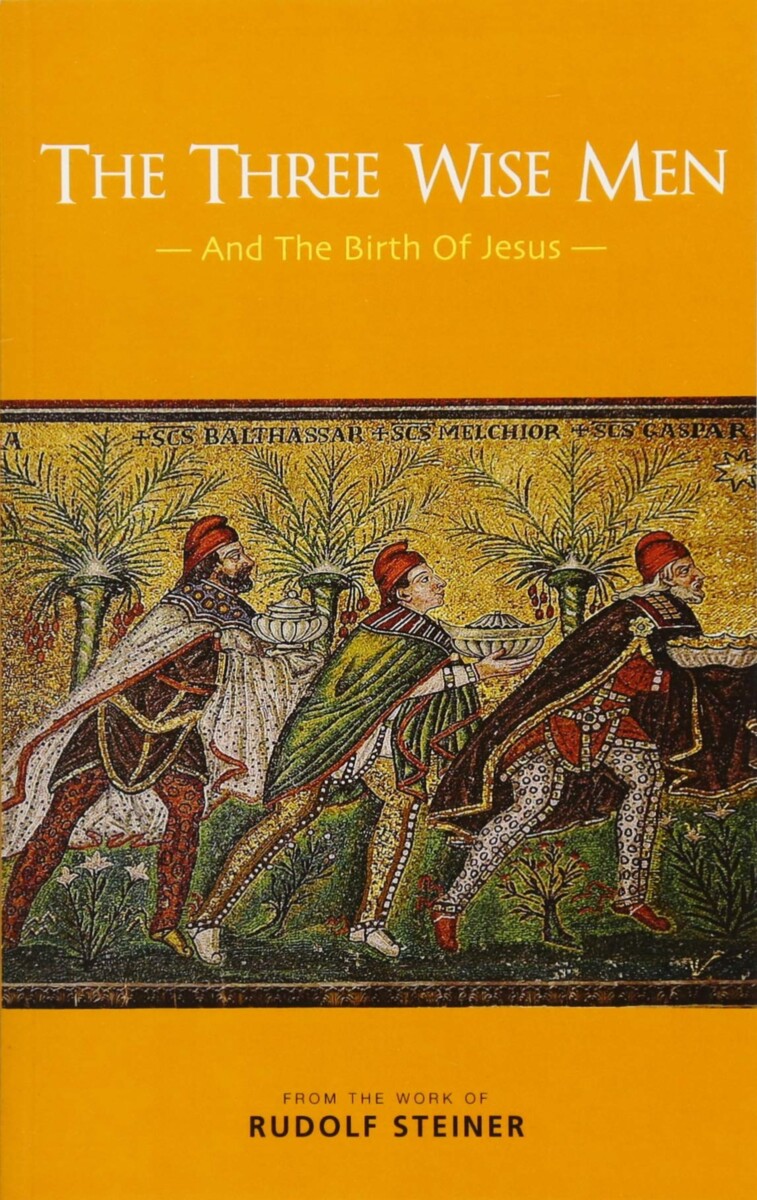The Three Wise Men
And the Birth of Jesus
- Publisher
Rudolf Steiner Press - Published
5th December 2017 - ISBN 9781855845374
- Pages 120 pp.
- Size 5.5" x 8.5"
- Images Color
“Now when Jesus was born in Bethlehem of Judea in the days of Herod the king, behold, wise men from the East came to Jerusalem, saying: ‘Where is he who has been born king of the Jews? For we have seen his star in the East, and have come to worship him.’”
These words begin a story that will be familiar to many, whether from images on Christmas cards or school nativity plays, or more directly from Christian teaching. As often with images associated with Christmas, they have the power to evoke all kinds of feelings, from joy and hope to sorrow and doubt. But what do we really know of the birth of Jesus, and who were the mysterious wise men that are reported to have visited him?
In this freshly collated anthology of Rudolf Steiner’s lectures, complemented with illuminating commentary by editor Margaret Jonas, we are offered solutions to the riddles surrounding Jesus’s birth and the seemingly conflicting accounts within Christian scripture. Could there have been two different births—in other words, two infants, both named Jesus, born to two sets of parents?
From the mystery of the birth, we are led to a study of the three wise men – who are mentioned in only one of the four Gospel accounts. Who were they, what was their teaching, and what was the meaning of the star they followed? And, why did they offer gifts of gold, frankincense, and myrrh to the baby Jesus? The Three Wise Men offers solutions to the enigma of the identity and spiritual backgrounds of these magisterial figures and also provides suggestions as to their possible future roles in the drama of human development.
Featuring color images, this original, thought-provoking book is a wonderful gift for anyone seeking to understand the birth of Jesus and the wise men from the East.
Rudolf Steiner
Rudolf Steiner (b. Rudolf Joseph Lorenz Steiner, 1861–1925) was born in the small village of Kraljevec, Austro-Hungarian Empire (now in Croatia), where he grew up. As a young man, he lived in Weimar and Berlin, where he became a well-published scientific, literary, and philosophical scholar, known especially for his work with Goethe’s scientific writings. Steiner termed his spiritual philosophy anthroposophy, meaning “wisdom of the human being.” As an exceptionally developed seer, he based his work on direct knowledge and perception of spiritual dimensions. He initiated a modern, universal “spiritual science” that is accessible to anyone willing to exercise clear and unbiased thinking. From his spiritual investigations, Steiner provided suggestions for the renewal of numerous activities, including education (general and for special needs), agriculture, medicine, economics, architecture, science, philosophy, Christianity, and the arts. There are currently thousands of schools, clinics, farms, and initiatives in other fields that involve practical work based on the principles Steiner developed. His many published works feature his research into the spiritual nature of human beings, the evolution of the world and humanity, and methods for personal development. He wrote some thirty books and delivered more than six thousand lectures throughout much of Europe. In 1924, Steiner founded the General Anthroposophical Society, which today has branches around the world.


